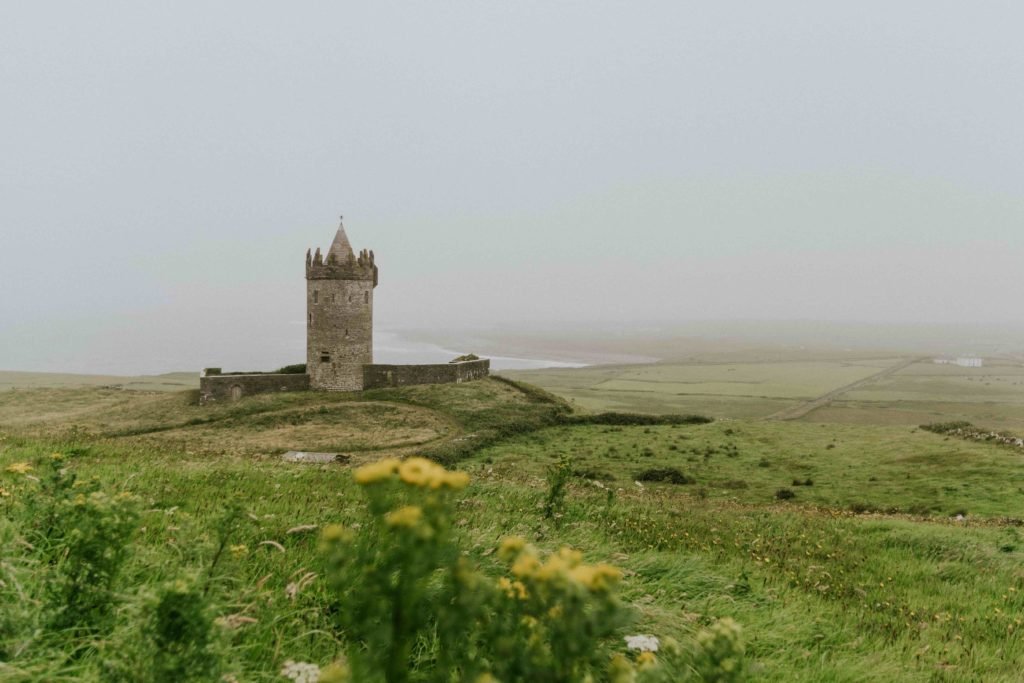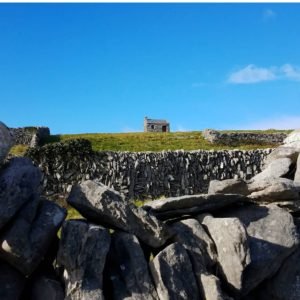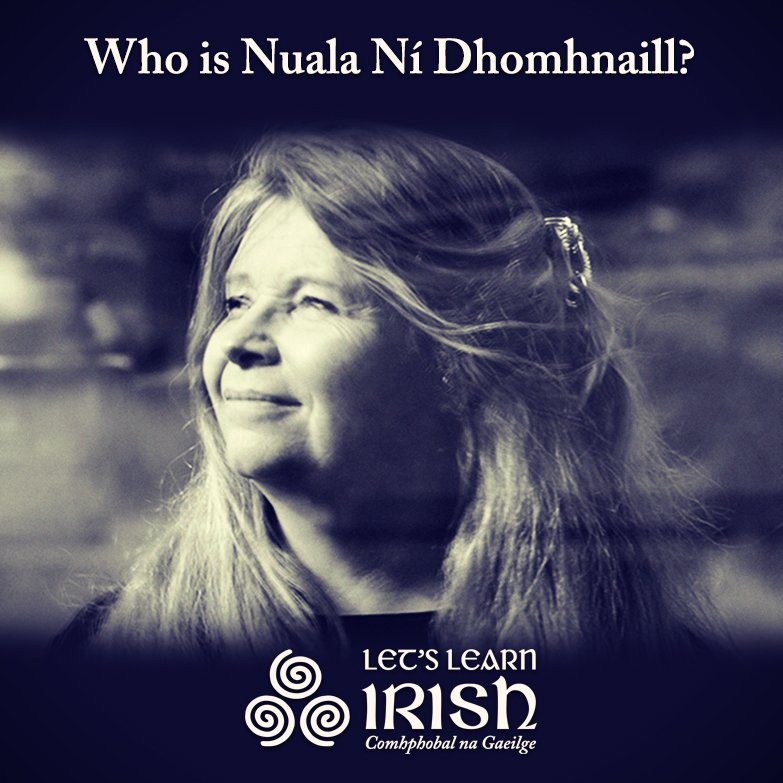Irish on my Mind


Dia daoibhe a chairde in the Irish Language Community! Last week I posted about my trepidation as I began learning Irish online for the first time. Now, three weeks into my Let’s Learn Irish A1 Language and Amhráin/Songs courses, and already I’m back inside days and nights shaped by Gaeilge. Days, cinnte! Makes perfect sense: I practice Quizlet sets on the hour, working at the intricacies and mysteries of vocabulary, phrases, and the séimhiú; I sing to the trees and squirrels as I walk my dog around the neighborhood here in Georgia; and I read aloud from poems as Gaeilge, mostly stumbling through the lines. Last week, I was reciting opening lines from Mícheál Ó hAirtnéide’s “An Muince Dreoilíní” (A Necklace of Wrens)–
“I mo bhuachaill óg, fadó fadó,
d’aimsíos nead.
Bhí na gearrcaigh clúmhtha, fásta,
is iad ag scread.”
This week, opening lines from Nuala Ní Dhomhnaill’s “Ceist na Teangan” (The Language Issue)–
“Cuirim mo dhóchas ar snámh
i mbáidín teangan
faoi mar a leagfá naíonán…”
I will not lie, Irish is hard work. After my A1 and Amhráin online classes finish on Monday and Tuesday nights? After the hour and twenty minutes of high intensity interval (language) training? I am happily and thoroughly exhausted by the Irish conversation practise as if I’ve run a marathon. Learning Irish is not just mental exercise. The body makes language, too. The mouth gets a workout as tongue and lips lift and push the weight of new sound-shapes: bó beo ḃó ḃeo buí bí ḃuí ḃí ….

But yes, my nights are busy with Gaeilge, freisin–and not just busy with idle dreams of a teachín ar Inis Oírr (though there is a specific cottage overlooking Galway Bay that I summon up as I drift off). I might be in deep sleep, but my brain does not become a bowl of mushy peas. Science tells us that dreamless, non-REM sleep is crucial for consolidating and refining what we’ve learned during the day and then downloading what is important into hard-drive memory.
Each morning I wake to the early dark and birdsong (amhrán éan) with Irish nattering in my brain. Some mornings? A word on repeat (measartha measartha measartha), a few phrases in conversation with myself (Dia duit, a Chiarraí! Conas atá tú? Go Maith? Ahh, Tá mé tuirseach…), or a verse from a song that has finely become an earworm. While asleep, my brain has been fine tuning the rhythms, beats, cadences, and pronunciations of what I’d been stumbling over the day before. This morning? The melody and first verse of “An Mhaighdean Mhara,” a song from our course. I’ve been trying to memorize this verse for the past two weeks, and mostly frustrated by my efforts. But at 5:45 am? Easy and spontaneous recall–no, not recall. I woke into the song already in my mouth, my body humming Irish–
“Is cosúil gur mheath tú
Nó gur thréig tú an greann
Tá an sneachta go frasach
Fá bhéal na mbeann
Do chúl buí daite
Is do bhéilín sámh
Siúd chugaibh Mary Chinnidh
‘S í i ndiaidh an Éirne ‘shnámh.”
I’m not sure what Ray Charles would make of all this online learning, but here in Georgia in 2020, it’s just an old sweet song that keeps Irish on my mind…join me next time, as I write about the meditative benefits of learning Irish!
Join the online Irish community for cúrsaí, comhrá & ceardlanna, and follow along on social media @LetsLearnIrish – beidh fáilte romhat!





